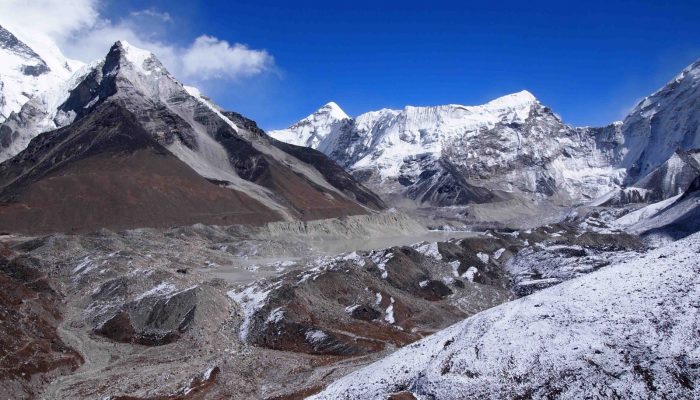Imja Lake is one of the largest glacial lakes in the Nepal Himalaya and has received a great deal of attention in the last couple decades due to the potential for a glacial lake outburst flood. In response to these concerns, the UNDP has funded a project that is currently lowering the level of the lake by 3 m to reduce the flood hazard. The aim of our research efforts is to understand how quickly ...[Read More]
Image of the week – The winds of summer (and surface fluxes of winter)

Antarctica is separated from the deep Southern Ocean by a shallow continental shelf. Waters are exchanged between the deep ocean and the shallow shelf, forming the Antarctic cross-shelf circulation: Very dense waters leave the shelf as Antarctic Bottom Water (AABW) that will then flow at the bottom of all oceans. Meanwhile, relatively warm water from the Southern Ocean, Modified Circumpolar Deep W ...[Read More]
Image of the Week — Arctic porthole, Arctic portal

No need to be a superhero to momentarily escape your everyday life! For that you, can just rely on the EGU Cryosphere Blog, which cares for taking you on trips to all sorts of remote and cool places (OK, OK we have to admit that some of these places are indisputably cold 🙂). The picture of this week was taken through the porthole of a boat in the middle of Isfjorden, one of the largest fjord in Sv ...[Read More]
Image of the Week – How ocean tides affect ice flow
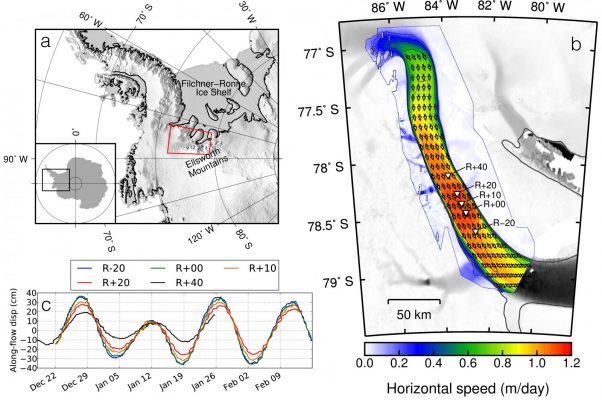
Ice streams discharge approximately 90% of the Antarctic ice onto ice shelves , and ultimately into the sea into the sea (Bamber et al., 2000; Rignot et al., 2011). Whilst flow-speed changes on annual timescales are frequently discussed, we consider here what happens on much shorter timescales! Previous studies have shown that ice streams can respond to ocean tides at distances up to 100km inland ...[Read More]
Ice on fire at the Royal Society Summer Science Exhibition

The Royal Society Summer Science Exhibition (RSSSE) is a free public event 4-10th July 2016 in London. This is a yearly event that is made up of 22 exhibits, selected in a competitive process, featuring cutting edge science and research undertaken right now across the UK. The scientists will be on their stands ready to share discoveries, show you amazing technologies and with hands-on interactive ...[Read More]
Image of The Week – A Game of Drones (Part 1: A Debris-Covered Glacier)
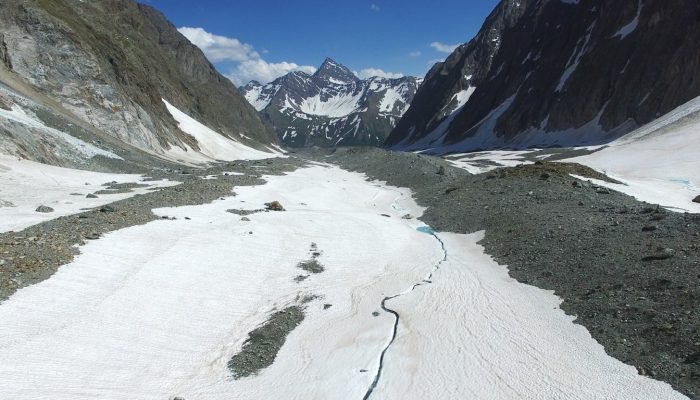
What are debris-covered glaciers? Many alpine glaciers are covered with a layer of surface debris (rock and sediment), which is sourced primarily from glacier headwalls and valley flanks. So-called ‘debris-covered glaciers’ are found in most glacierized regions, with concentrations in the European Alps, the Caucasus, Hindu-Kush-Himalaya, Karakoram and Tien Shan, the Andes, and Alaska and the weste ...[Read More]
Image of the Week – Canyons Under The Greenland Ice Sheet!
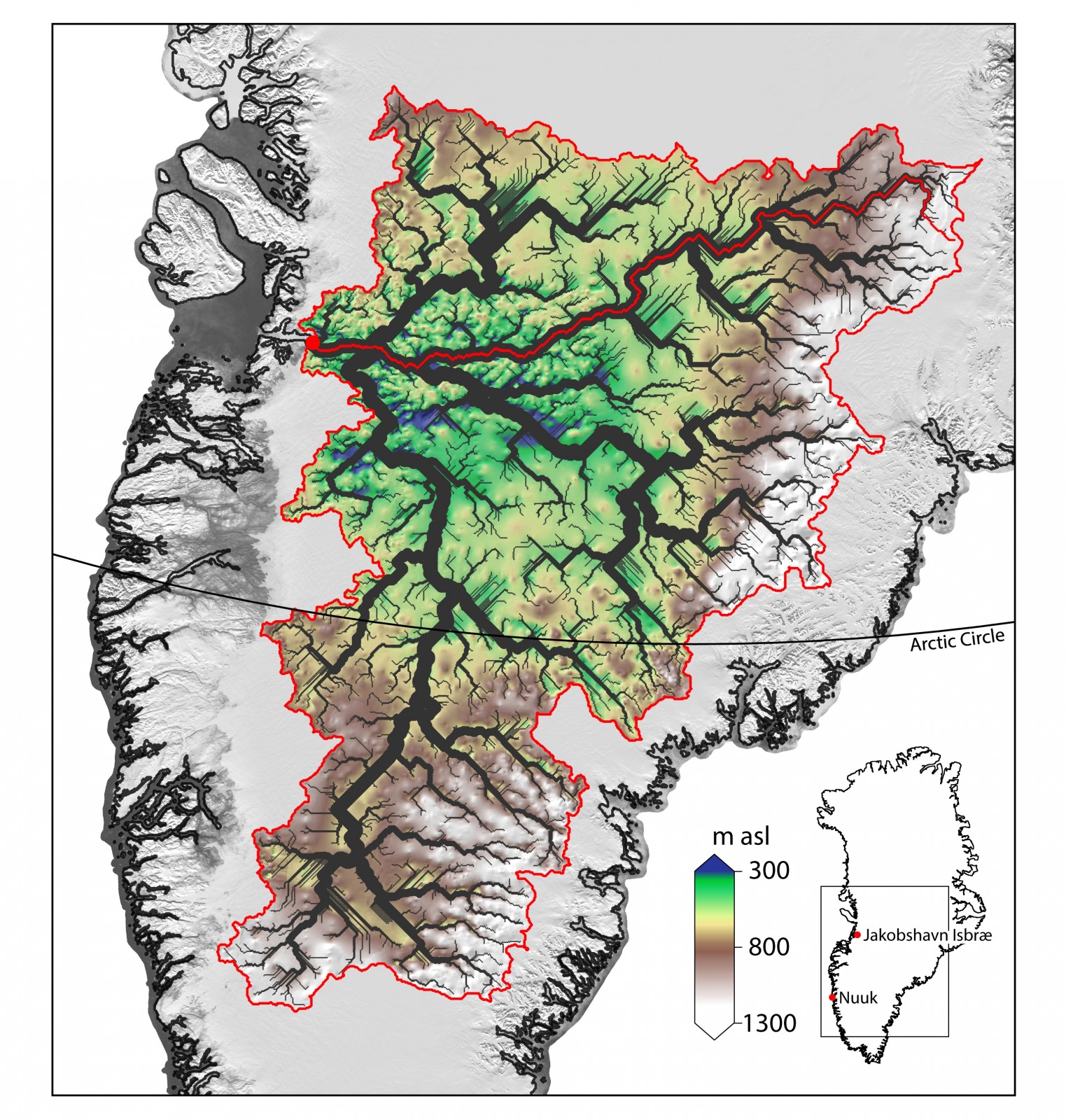
The Greenland Ice Sheet contains enough water to raise sea level by 7.36 meters (Bamber, et. al. 2013) and much of this moves from the interior of the continent into the oceans via Jakobshavn Isbræ – Greenland’s fastest flowing outlet glacier. An ancient river basin hidden beneath the Greenland Ice Sheet, discovered by researchers at the University of Bristol, may help explain the loca ...[Read More]
Marine Ice Sheet Instability “For Dummies”
MISI is a term that is often thrown into dicussions and papers which talk about the contribution of Antarctica to sea-level rise but what does it actually mean and why do we care about it? MISI stands for Marine Ice Sheet Instability. In this article, we are going to attempt to explain this term to you and also show you why it is so important. Background The Antarctic Ice Sheet represents the larg ...[Read More]
Image of The Week – Ballooning on the Ice
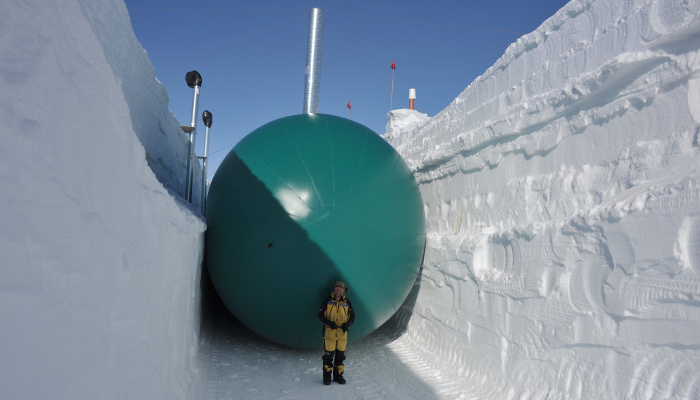
A curious experiment is taking place in Greenland. An experiment involving very large balloons and – of course – a lot of snow. Read on to discover why balloons are an environmentally friendly tool when constructing an ice core drill camp. Last year, a small team traversed 400km from northwest Greenland to the EastGRIP site (read more about the traverse here). This year another strenuous task is w ...[Read More]
Image of the week — The warming effect of the decline of Arctic Sea Ice
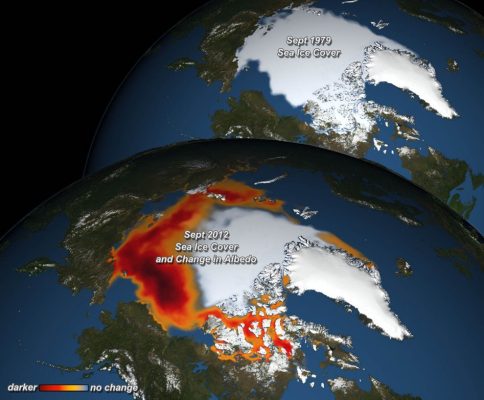
One of the most dramatic signals of Earth’s recent warming has been the precipitous decline of the Arctic sea ice. While the sea-ice decline is in response to warming ocean and atmosphere, it also has an important feed-back on the climate itself. Solar radiation and albedo Earth’s main energy source is solar radiation. This solar radiation is either absorbed in the atmosphere or at the ...[Read More]

